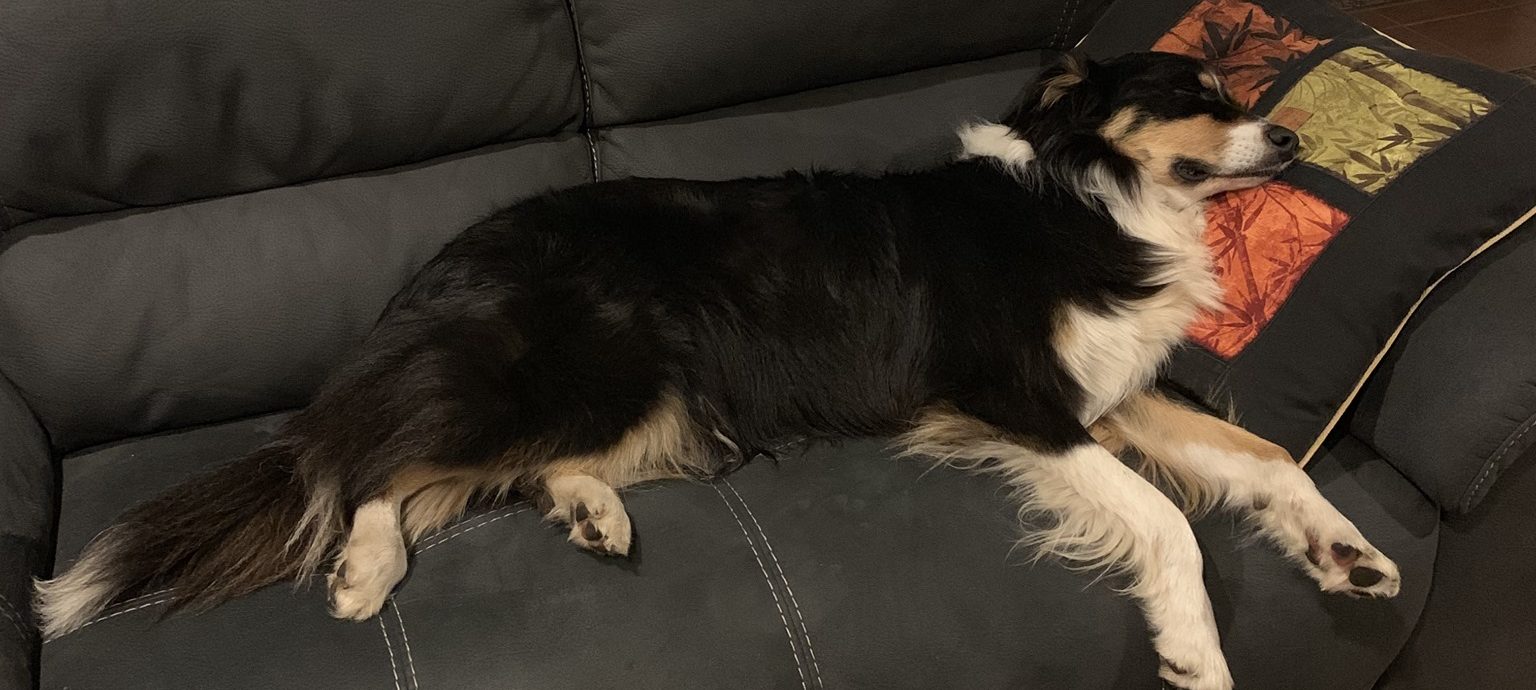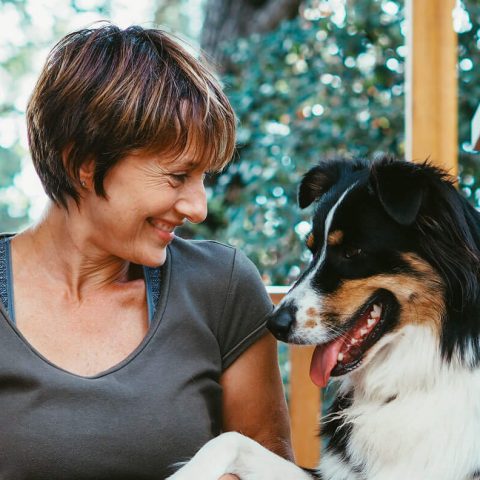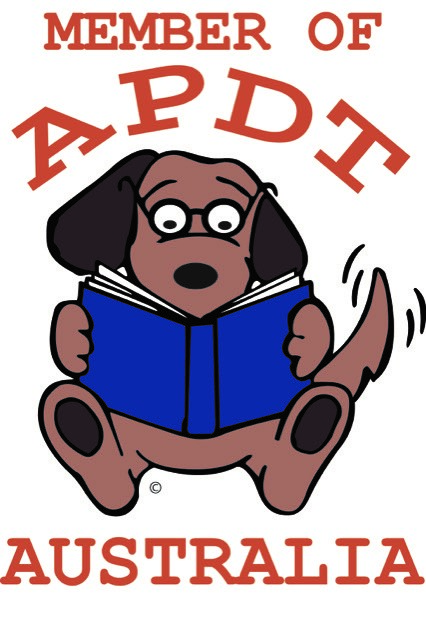This blog is simply just to get you thinking about your dog before you and your family begin work/school life routines again. Separation Anxiety can be complex and does need appropriate diagnosis. It’s not something that can be explained in a short blog. Please get professional help if you feel your dog has Separation Anxiety.
Due to Covid, there is concern that Separation Anxiety in our dogs may become a common issue once we begin leaving our dogs at home alone again and go off to work, school etc.
Do you know if you’re dog is comfortable being left alone?
When coming and going from your home; keep things low key. For example, refrain from the ‘sad’ ‘sorry’ actions when you leave and being over excited when you return. Keep your energy ‘matter of fact’. Keep energy levels calm. When you come home, keep your energy level and tone of voice, as if you’ve been home the whole time.
When you leave your dog, give them something to do like scattering kibble, giving them a stuffed Kong toy or a bully stick (for multiple dog households additional things may be needed to be put in place).
Training a dog to be okay to be alone and not be stressed the whole time you’re gone, differs for every dog. Ideally, if you can video your dog whilst you’re away – this will tell you what goes on.
Whilst you’re spending time at home, now is the perfect time to get started on helping your dog be comfortable with being alone.
Pick up your car keys several times, every now and then and put them down again, at random times throughout the day/night.
Dress in clothes/shoes you would normally go out in and don’t go anywhere (shouldn’t be too hard to do these days!).
Perfumes/deodorants can be cues to your dog. Use these when you’re just staying home. I catch my dog smelling my breath particularly after I’ve brushed my teeth. What’s his thoughts, I wonder?
There are things we can’t change and your dog will always pick up on; like our natural body scent and our energy (our energy of stress or excitement before we go out), but we can do our best to desensitize them to other things, as mentioned.
Example only: always start really small and work your way up to longer periods away. Starting small means providing your dog with a chew toy and picking up the keys several times whilst your dog is happily chewing. Depending on your dog you may be able to open and close the door while they’re busy chewing. Small means small; little by little and not allowing them to feel stress or feel uneasy. Should your dog become stressed, this means you’ve gone too far, too fast. It’s important to take your time and work with your dog gradually. Once you are able to leave, depending on your dog, starting small can be simply stepping outside for as little as 5 seconds and increasing the time gradually; introduce staggering of times. Timing and allowing your dog to remain happy is key.
Prevention is definitely better than cure.





